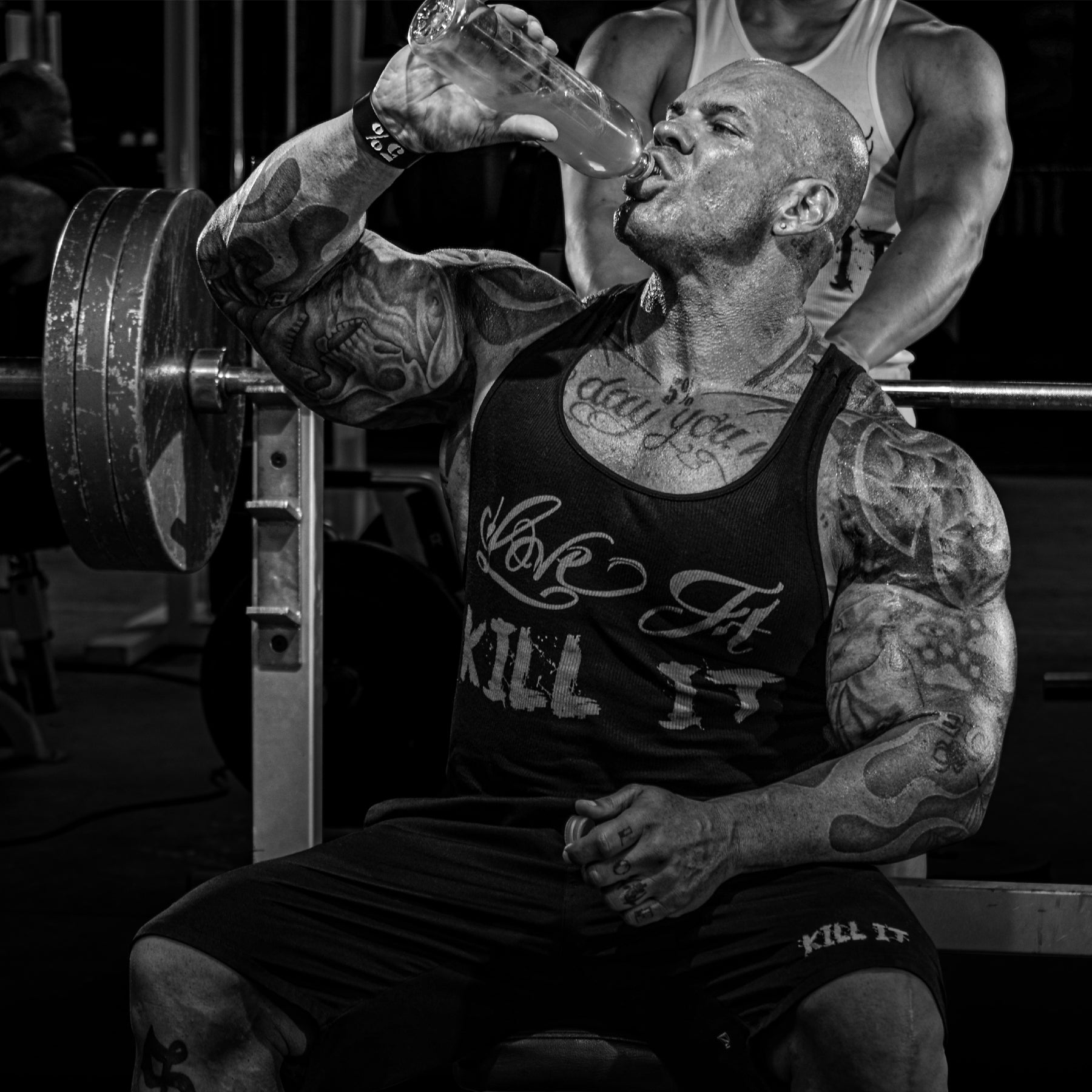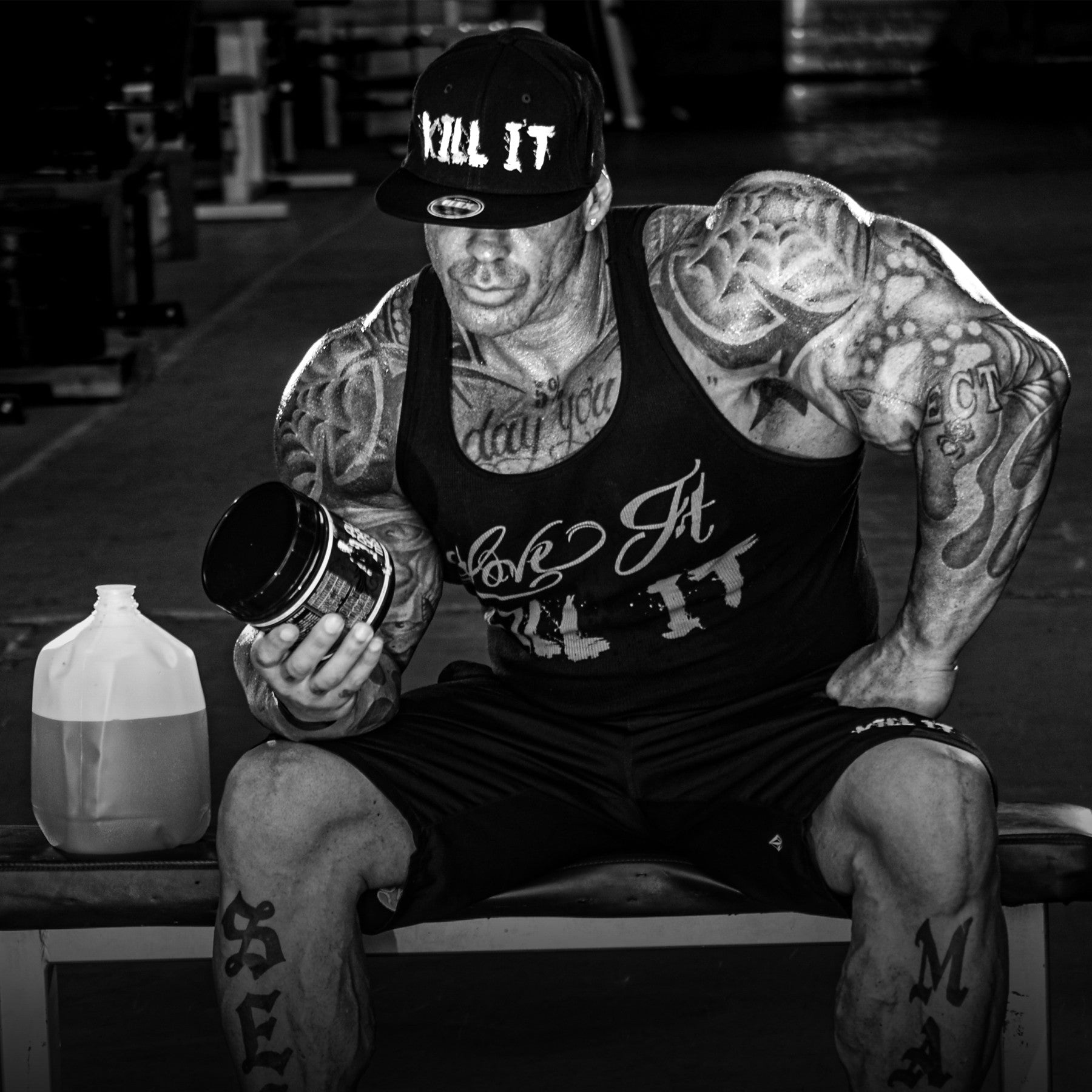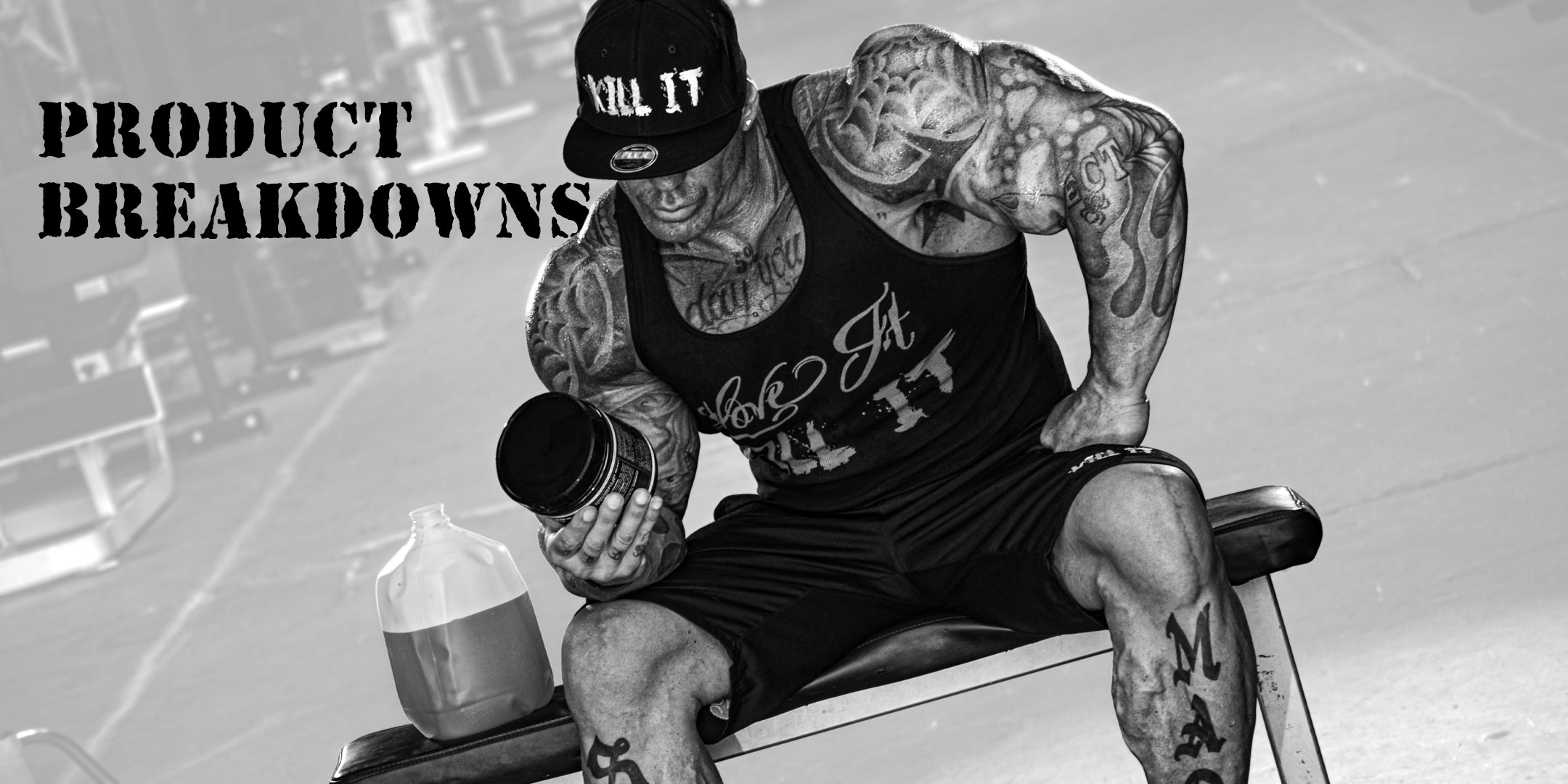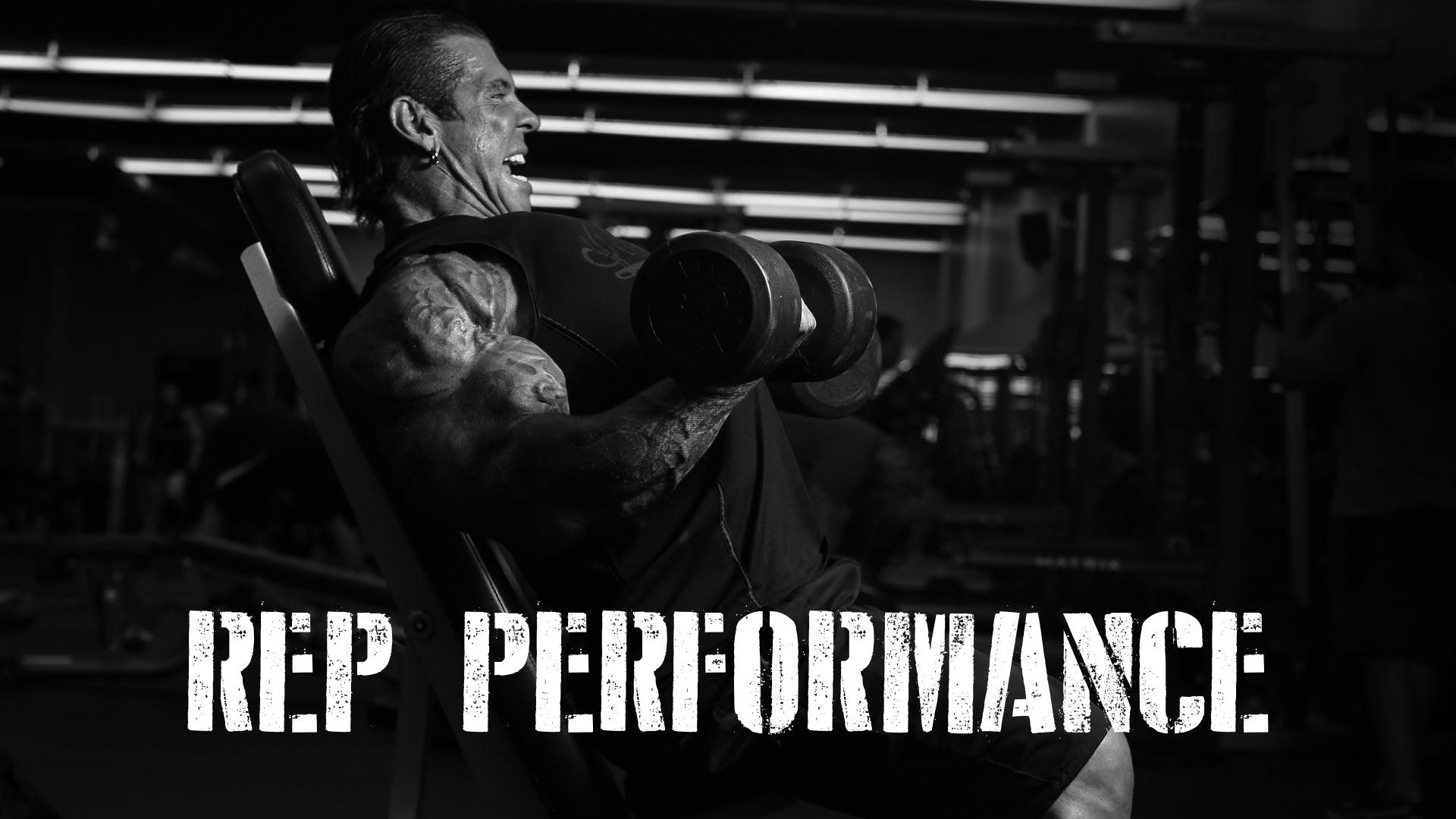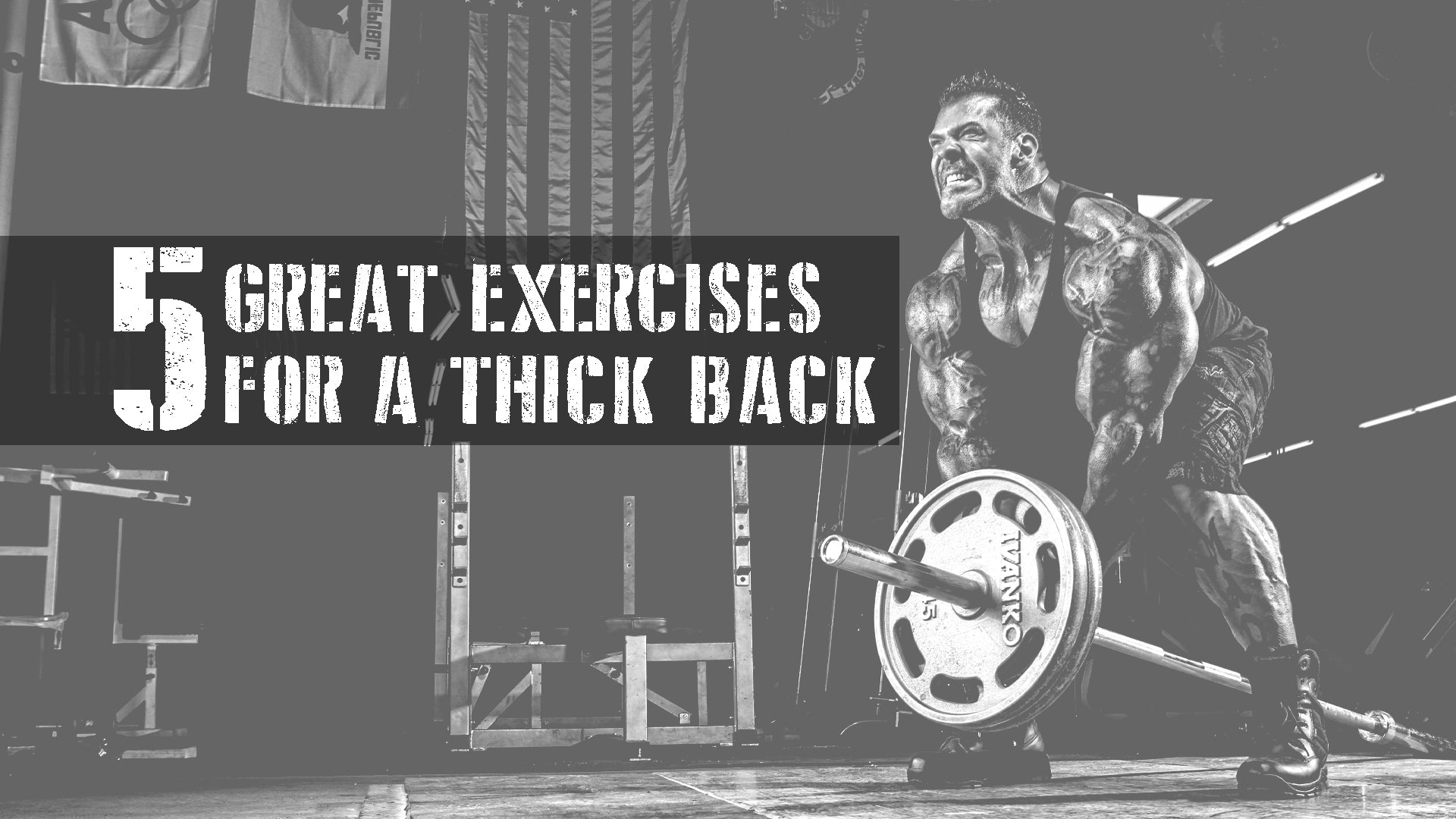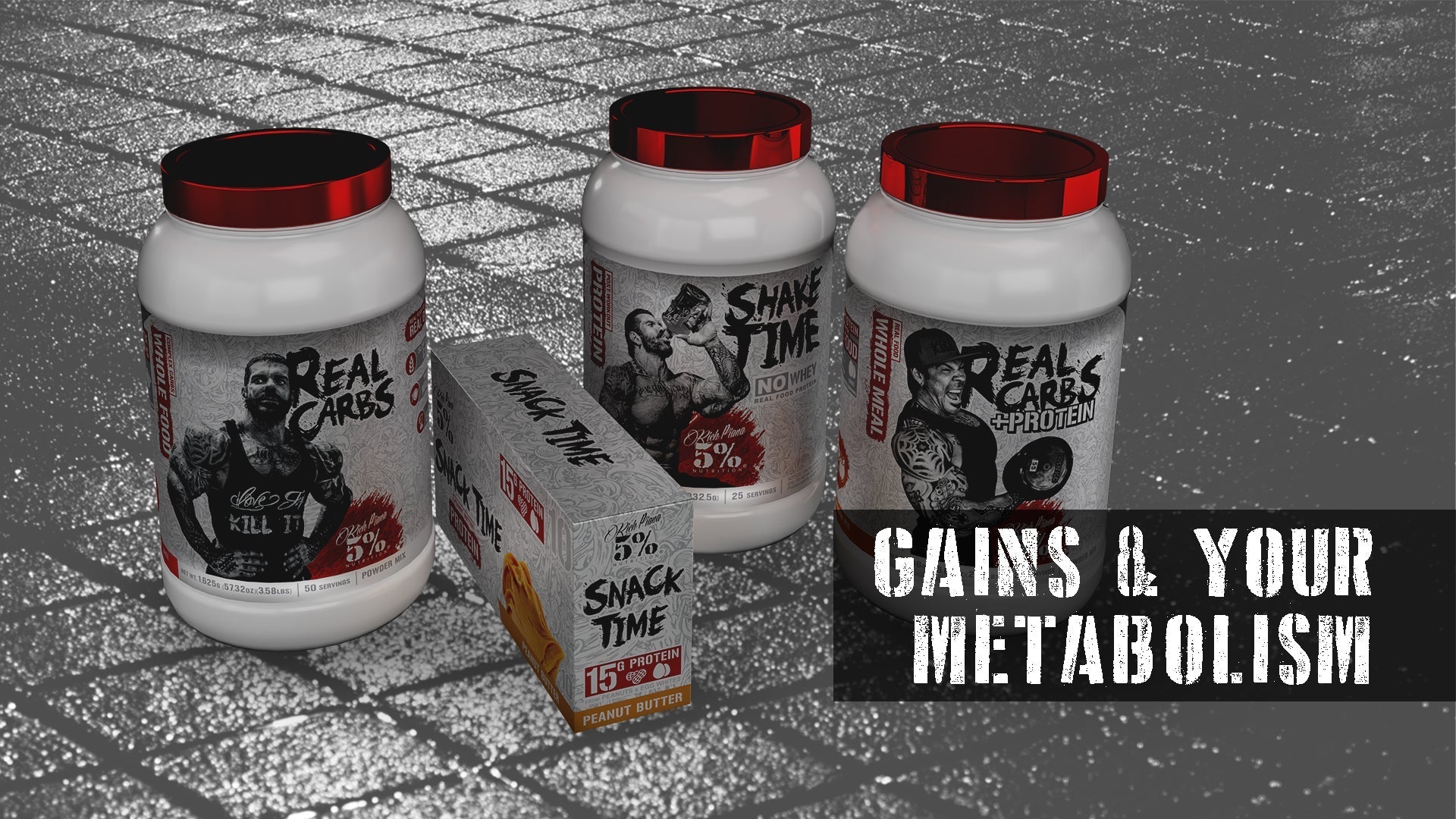If you’re an intermediate to advanced lifter, we have an old-school bodybuilding technique for you. Get ready because it’ll add more intensity to your workouts. We’re talking about the Pre-Exhaust Technique! Here’s a superset variation that dates way back to the 60s. In this article, we’ll take a closer look at this technique, its history, and give you some great training examples!
What Is The Pre-Exhaust Technique?
Before we dig into its history, let’s define exactly what the Pre-Exhaust Technique is. When you’re performing, say, a bench press, it’s typically the smaller muscles that give out first. For example, with the bench press, you’ve involved mainly the chest, front and side deltoids, and triceps. Usually, the triceps and the delts will fatigue first, ending the set. In theory, though, your chest wasn’t fully fatigued. One solution is to perform a chest isolation exercise first, such as dumbbell flys. This directly pre-fatigues the chest. Then you go right into bench presses, which allows you to fully fatigue the chest before those smaller muscles give out.
A Bit Of History
Robert Kennedy, publisher of MuscleMag, created and introduced the Pre-Exhaust Technique way back in 1968. Kennedy was the publisher of the original MuscleMag magazine and the author of several successful bodybuilding books. He didn’t start MuscleMag until 1974, so when it came time to introduce his training principle, he chose Ironman magazine.
Now it would be a mistake to mention bodybuilding in the 60s and 70s without mentioning Joe Weider. Some 5% readers may recall Joe and his Weider Principles. This was a collection of all the relevant training techniques of the day. Back then, you couldn’t read an article in his magazine without several references to some of these principles, one of which was the “Weider Pre-Exhaustion Principle”. Ah! Was there some drama brewing?
Actually, not really. As noted, the Pre-Exhaust Technique as devised by Kennedy is an isolation/compound superset for the same muscle. What Weider did was similar, but without the superset part. In Weider’s version, you trained isolation exercises before compound movements using straight sets. The ultimate point was the same: to pre-fatigue a muscle before hitting it with heavier compound exercises.
Weider was keeping a unified catalog of training principles he came across. It’s no surprise that he added his variation to his catalog of principles. Further, this technique became popular with guys like Mike Mentzer and Arthur Jones, who was the founder of the original Nautilus machines. In the hands of these two, the Pre-Exhaust Technique became synonymous with high-intensity training. (1, 2)
The Pre-Exhaust Technique - Is It Effective?
The Pre-Exhaust Technique is an effective form of training meant for intermediate and advanced lifters. However, if you’re working on building your strength base, this technique is not your best choice. That’s because the primary problem is while it pre-fatigues the primary muscle of an exercise, it also decreases your working poundages on compound movements. For example, if you’ve partially tired out your supporting muscles, that means your top bench press weight will drop. That won’t work if you’re using progressive overload. However, if you’re more advanced, pre-exhaust gives you an effective tool to stimulate more muscle growth. That’s because advanced lifters have reached their strength ceiling and look to other techniques to provide progression.
Pre-Exhaust Examples
We’ve already looked at a common chest pre-exhaust superset. Here are some more examples.
Legs
Leg Extensions/Squats - Do extensions bother your knees? Substitute them with barbell or machine hack squats.
Back
For Back Width: Lying EZ Bar Pullover/Pull-Ups - If you aren’t that strong on pull-ups, try band-assisted pull-ups. This allows you to knock out several extra reps.
Here’s how to do it:
- Tie a thick resistance band around the pull-up bar of a power rack.
- Grab the pull-up bar.
- Put one foot in the band.
- Allow yourself to hang.
- Perform your chins!
The band acts as a “partner” that helps you get all your reps.
For Back Thickness: T-Bar Rows/Rack Pulls - For rack pulls, set the safety pins right below the knees. This is a great deadlift variation that lets you pull a lot of weight.
Deltoids
Laterals/Overhead Press - For your first set, go with front laterals, then overhead presses. On your next set, go with side laterals, then overhead presses.
Biceps
Concentration Curls/Close Grip Chin-Ups - With chins, you’re using a curl grip to really hit your biceps. If you're weak on chins, there’s options. You can try band-assisted chins, or you can replace chins with reverse grip bent rows. Now that’s an underrated biceps exercise!
Triceps
Triceps Pressdowns/Triceps Dips - Here’s a great triceps combo. By starting with pressdowns, you’re working the long head first. This way, you’re working the head responsible for much of the overall triceps size. By going right into dips, you’ll work all three heads.
Don’t Forget 5150 And Full As F*ck!
Of course, no workout is complete without 5% Nutrition supplements. A pre-exhaust superset workout gives you amazing pumps. Take that to the extreme with 5150 and Full As F*ck. There’s no better pre-workout combination! Also, drink ADYM or ADYM Natty during your workout. Follow that with Real Carbs and your favorite 5% protein source.
Don’t stop there when you have your choice of 5% natural muscle builders! From Bigger By The Day, Turkesterone 1200, to TEST and the Core line, you can shape your 5% supplement arsenal to precisely fit your goals. Why wait? Order your 5% Stack today and hit those pre-exhaust supersets tonight!
References:
- Workout Systems: Pre-Exhaustion Training | Poliquin Article (poliquingroup.com)
- Remembering Joe Weider: The Science Of The Weider Principles (bodybuilding.com)

